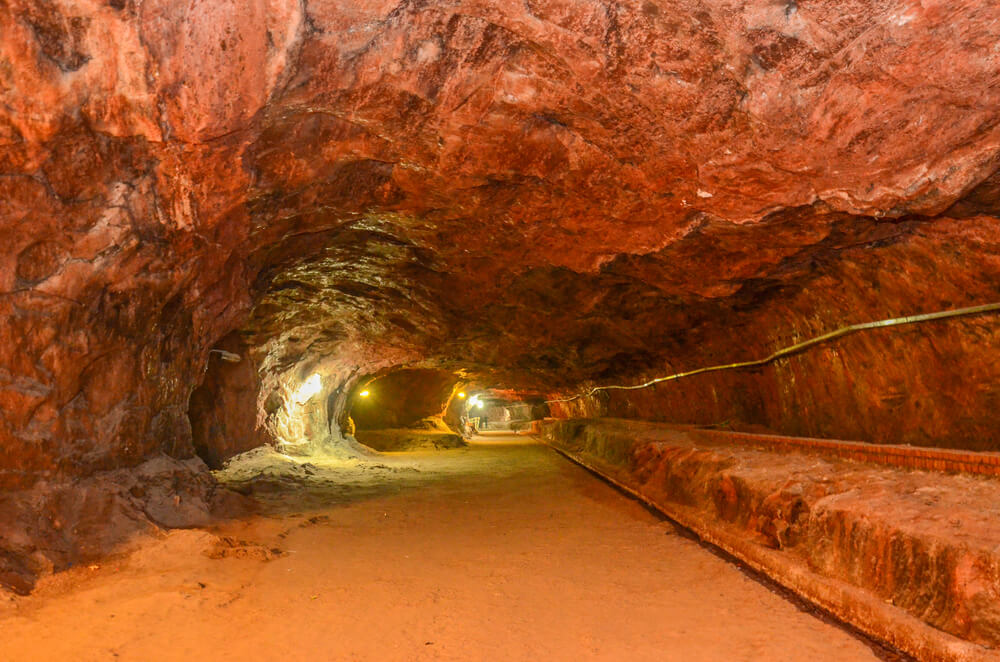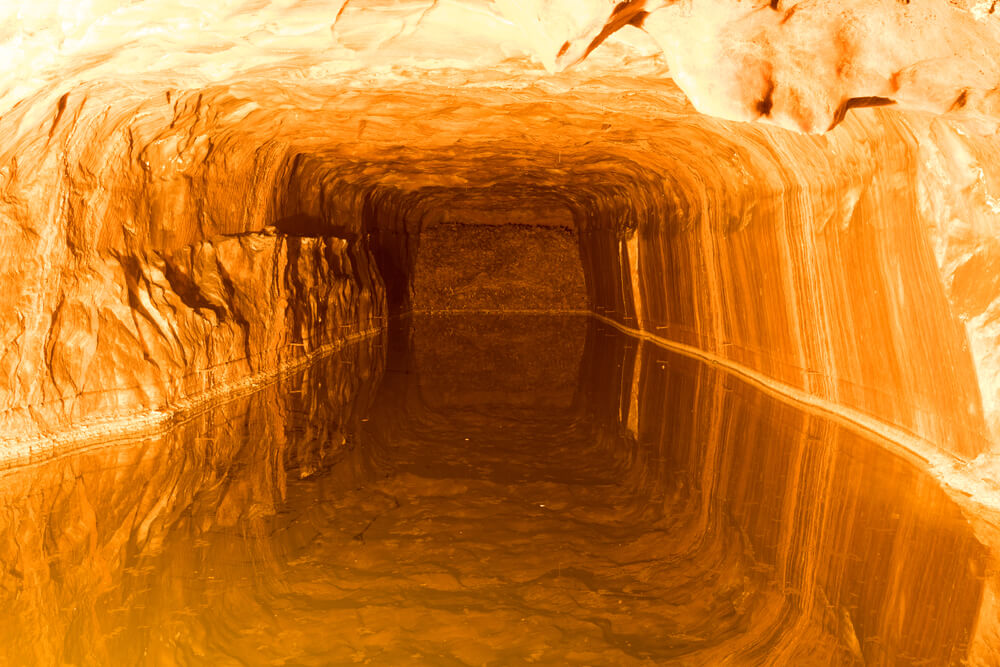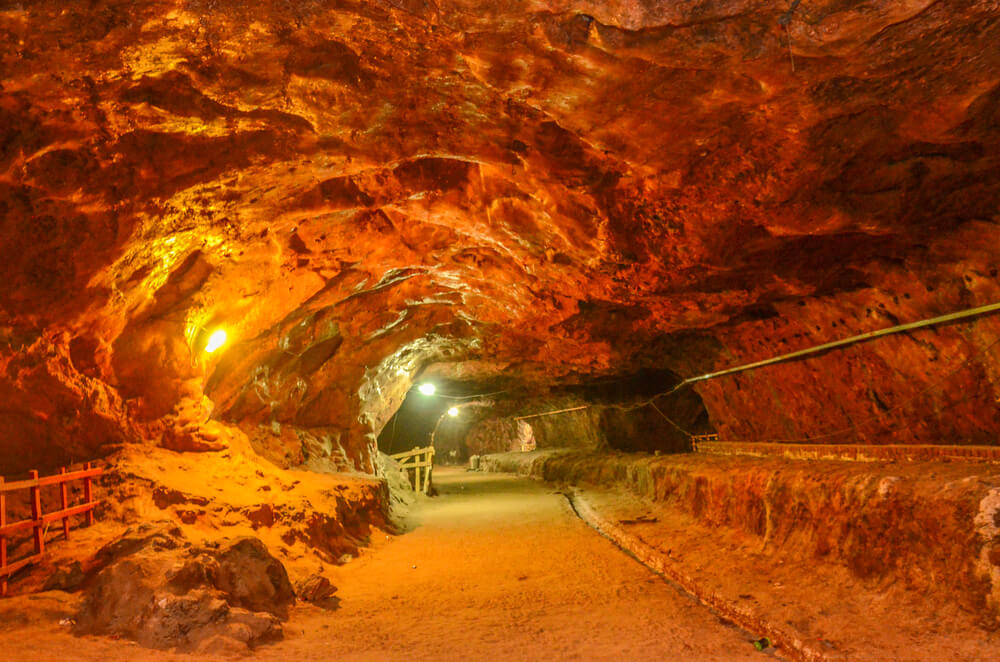Khewra Salt Mine: A Natural and Historical Wonder
Table Of Contents
Located in the town of Khewra, next to Pind Dadan Khan in the Punjab region, the Khewra Salt Mine is a geological marvel with a deep history. Discovered in 320 BC during a rest stop by Alexander the Great’s army, commercial production of salt did not begin until the Mughal era. Since the partition of the Indian subcontinent, the mine has been managed by the Pakistan Mineral Development Corporation (PMDC), making it one of Pakistan’s most important natural resources.
Today, the Khewra Salt Mine is not only a crucial source of salt but also a popular tourist destination, attracting thousands of visitors annually. A British geotechnical engineer, Dr. H. Warth, designed the mine’s main tunnel, a focal point for tourists. Its large network of tunnels and levels, coupled with its fascinating history, continues to intrigue visitors from around the globe.
Why Khewra Salt Mine is a Tourist Attraction
Though it serves as Pakistan’s most important source of salt and is the second-largest salt mine in the world, Khewra Salt Mine is also famous for its unique tourist appeal. Inside, the mine features over 40 kilometers of tunnels spread across 19 levels, with 12 underground. These tunnels reach a depth of 228 meters (748 feet), with half of the salt remaining unmined to act as supporting pillars. These enormous tunnels, coupled with the simplicity of carving salt bricks, have allowed for the creation of several stunning attractions inside the mine.
The History Behind the Khewra Salt Mine
The Khewra Salt Mine is sometimes referred to as the Mayo Salt Mine, in honor of Lord Mayo, who visited the mine while serving as the Viceroy of India. The Salt Range, where the mine is located, was formed over 800 million years ago when a deep sea evaporated and geological activity created a range of salt deposits stretching approximately 300 kilometers (185 miles).
During Alexander the Great’s Indian campaign, he passed through the Jhelum and Mianwali regions, where the Khewra Salt Mine is located. However, it was not Alexander himself who discovered the mine, but his army’s horses, which were observed licking the salt-covered rocks. Interestingly, after consuming the salt, many of the army’s sick horses recovered their health. Salt from this mine was traded in various markets, including Central Asia, during the Mughal era. Later, the Sikhs gained control of the mine after the fall of the Mughal Empire.
Under Sikh rule, Gulab Singh, the Raja of Jammu, and Hari Singh Nalwa, a Sikh general, shared control of the Salt Range. Gulab Singh controlled the Warcha mine, while Hari Singh Nalwa was in charge of Khewra. Salt extraction became a source of income during the Sikh era, and after the British took control of the region, they expanded the mine in 1872.
The British Era and Challenges
When the British began managing the mine, they faced several challenges, such as poorly dug tunnels and cramped spaces, which made salt extraction difficult and dangerous. Additionally, there was no proper water supply or storage for extracted salt. The terrain leading to the mine was also rugged and hard to traverse. To address these issues, the British straightened the roads, built storage facilities, provided water supplies, and reinforced the tunnels to make salt mining more efficient and safer.
Fascinating Discoveries Inside the Mine
In the 1930s and 1940s, Birbal Sahni, working with the Geological Survey of India, discovered fossilized remains of ancient terrestrial plants, fruiting bodies, and insects inside the mine. Sahni believed these fossils dated back to the Paleozoic era, though some, like Michael Cremo, argued they were from the Cambrian period. However, modern geologists disagree with Cremo’s claims.
The mine also holds a somber history from the British era. Workers were often forced to stay inside the tunnels until they had produced the required amount of salt for the day, regardless of age, gender, or health. In one tragic incident, 12 protesting workers were shot and killed near the mine’s entrance. A memorial at the mine’s entrance honors their sacrifice.
Why Khewra Mines are Special
Today, a small portion of the Khewra Salt Mine is open to tourists. Over 40,000 visitors flock to this natural wonder each month. The main tunnel, built more than 150 years ago, now houses an electric train that transports tourists deep into the mines. Inside, the dry air and salty environment are said to be beneficial for lung health.
In addition to the natural beauty, several attractions within the mine make it a fascinating experience. There are saltwater lakes that reflect different colors when illuminated, and salt-brick replicas of Pakistan’s famous landmarks, including the Badshahi Mosque and Minar-e-Pakistan, which are beautifully lit to create a mesmerizing atmosphere.
The Khewra Salt Mine continues to be an extraordinary combination of natural beauty, historical importance, and economic significance, making it one of Pakistan’s most unique and valuable sites.















